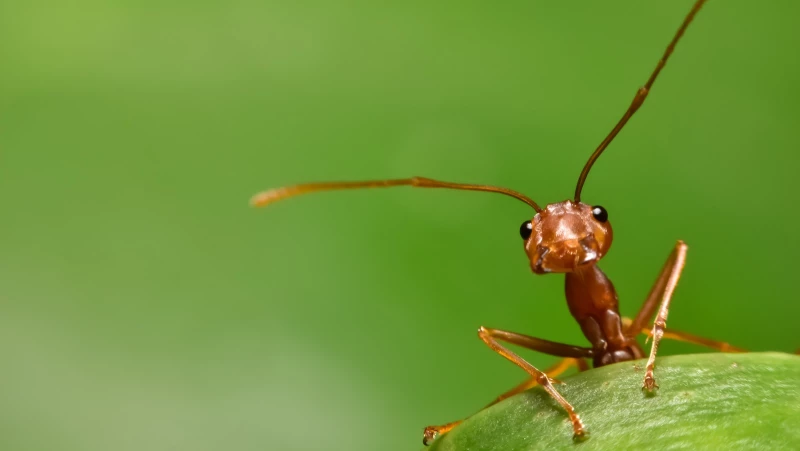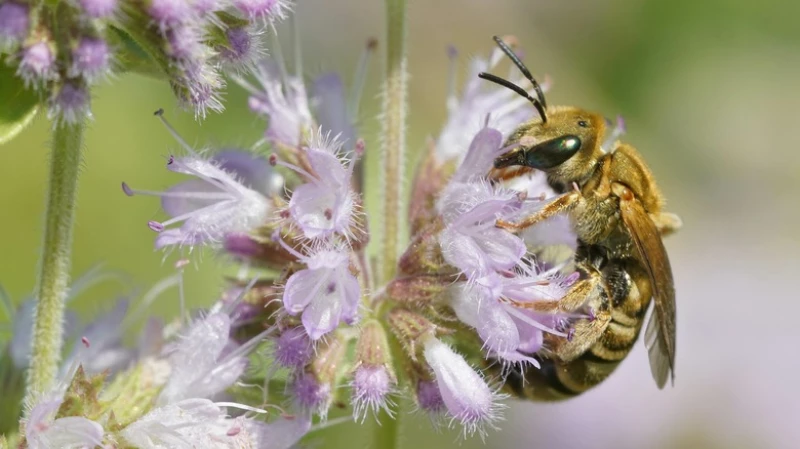Looking for a natural way to keep ants away from your yard? Instead of resorting to extreme methods or harmful chemicals, consider using pennyroyal. This plant, which is part of the mint family, has a strong and sweet scent that ants dislike. By strategically planting pennyroyal in areas where ants enter your yard or home, you may be able to effectively repel them without the use of insecticides or poisons.
To deter ants and keep your yard safe from this pest, consider planting pennyroyal. While ants can be beneficial by aerating soil and fertilizing plants, they can also attract aphids and cause damage if left unchecked. Pennyroyal is an effective natural repellent that can help keep ants away. However, it's essential to be cautious as pennyroyal is a fast-growing plant that can overtake your garden. To control its growth, consider planting it in a container or hanging basket before transferring it to the ground. Regular pruning is also recommended to prevent the plant from spreading uncontrollably. By following these tips, you can maintain a healthy and tidy pennyroyal plant while keeping ants at bay.
Pet owners should be cautious about growing pennyroyal due to its toxicity to cats and dogs. The plant's essential oil contains pulegone, a poison that can cause liver damage if ingested and dermatitis upon direct contact. While casual contact with the plant may not pose an immediate threat, it is best to avoid growing pennyroyal if you have pets.
Other methods for using pennyroyal
For those looking to eliminate ants without using poisons, pennyroyal essential oil can be a viable alternative. Simply apply the oil in areas where ants enter your home, like doors and windows, to confuse and deter them. Regular reapplication may be necessary for effectiveness. However, pet owners should be cautious and ensure the oil is placed out of their pets' reach.
Crushed pennyroyal leaves offer a versatile option for pest control. Sprinkle the leaves in desired areas to repel pests such as ants, or incorporate them into clothing or directly onto the skin for broader pest deterrent benefits.








